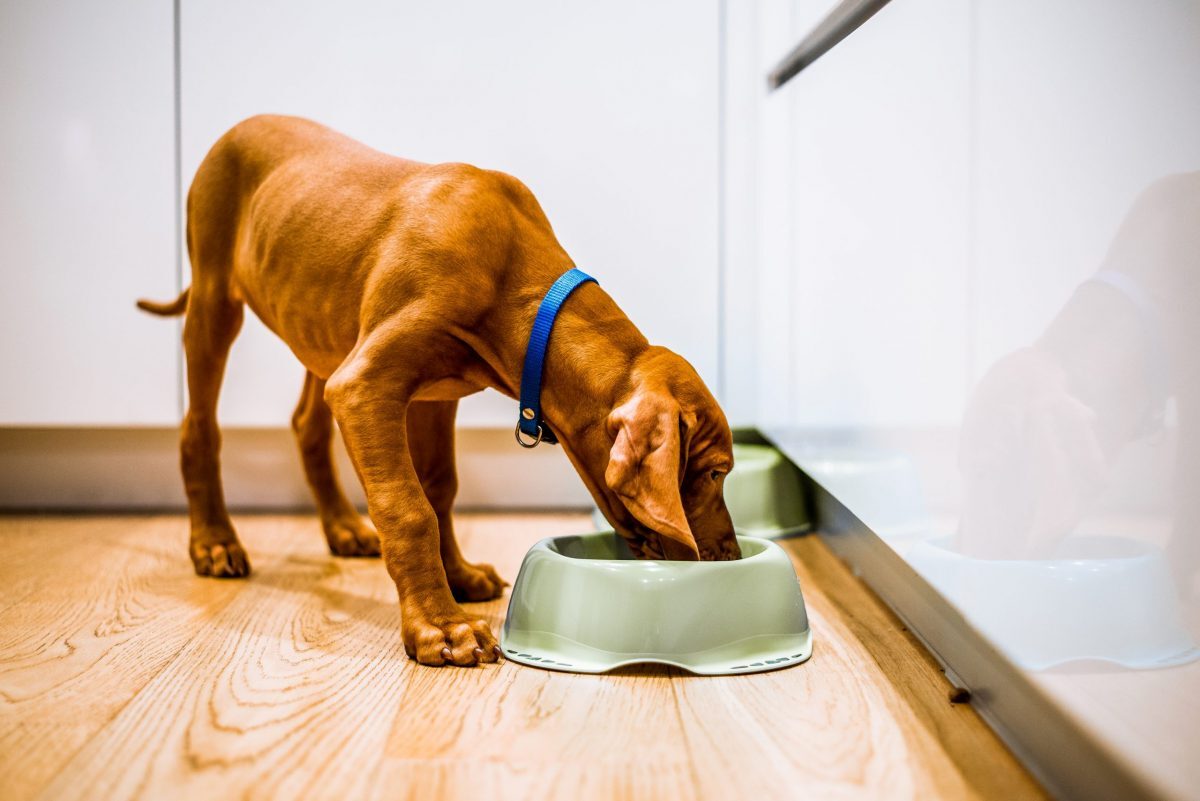
Carbon monoxide is a colorless, odorless gas that is often referred to as the "silent killer" due to its deadly nature. It is a byproduct of incomplete combustion of carbon-based fuels, such as gasoline, natural gas, and wood. Despite its potential dangers, carbon monoxide has a fascinating array of properties and uses in various industries. In this article, we will delve into 18 intriguing facts about carbon monoxide, shedding light on its chemical properties, sources, effects on the human body, and preventive measures. Understanding these facts is crucial for raising awareness about the risks associated with carbon monoxide exposure and ensuring safety in both residential and industrial settings. So, let's embark on a journey to unravel the mysteries of this silent yet significant gas.
Key Takeaways:
- Carbon monoxide is a silent danger that can’t be seen or smelled, making it essential to have CO detectors in homes for early detection and safety.
- Even low levels of carbon monoxide can harm health, so it’s crucial to ensure proper ventilation and maintenance of appliances, especially during the winter months.
Carbon Monoxide is odorless and colorless.
One of the most dangerous aspects of carbon monoxide (CO) is that it is impossible to detect without a specialized device. It is invisible and has no smell, making it a silent threat to human health.
CO is produced by the incomplete combustion of fossil fuels.
When fossil fuels such as coal, natural gas, and oil are burned incompletely, carbon monoxide is produced. This can occur in poorly ventilated or malfunctioning appliances, vehicles, and heating systems.
Exposure to CO can lead to carbon monoxide poisoning.
When carbon monoxide is inhaled, it enters the bloodstream and reduces the blood’s ability to carry oxygen. This can lead to carbon monoxide poisoning, which can cause symptoms such as headaches, dizziness, nausea, and even death in severe cases.
CO detectors are essential for home safety.
Installing carbon monoxide detectors in homes and buildings is crucial for early detection of this harmful gas. These devices can alert occupants to dangerous levels of carbon monoxide, allowing them to evacuate and seek medical attention if necessary.
Carbon monoxide is produced by vehicle emissions.
Cars and other vehicles produce carbon monoxide as part of their exhaust gases. It is important to ensure proper ventilation in garages and other enclosed spaces where vehicles are operated to prevent the buildup of this toxic gas.
CO binds to hemoglobin more readily than oxygen.
When inhaled, carbon monoxide binds to hemoglobin in the blood more readily than oxygen, leading to a decrease in the blood’s oxygen-carrying capacity. This can have severe effects on the body’s tissues and organs.
Long-term exposure to low levels of CO can be harmful.
Even prolonged exposure to low levels of carbon monoxide can have detrimental effects on health, causing symptoms such as fatigue, chest pain, and impaired brain function over time.
CO poisoning can occur in enclosed spaces.
Enclosed or poorly ventilated spaces, such as basements, attics, and garages, can become dangerous if carbon monoxide-producing appliances or vehicles are present. It is important to ensure proper ventilation in these areas to prevent the buildup of CO.
Carbon monoxide is used in industrial processes.
CO has various industrial applications, including the production of chemicals, as a reducing agent in metallurgy, and in the creation of syngas for fuel production.
CO exposure can be higher in winter.
During the colder months, the use of heating systems and increased time spent indoors can elevate the risk of carbon monoxide exposure. Proper maintenance of heating appliances and adequate ventilation are essential for safety.
CO poisoning can affect pets as well as humans.
Pets can also be vulnerable to carbon monoxide poisoning. It is important for pet owners to be aware of the symptoms of CO poisoning in animals and to take precautions to ensure their safety.
CO poisoning can be mistaken for other illnesses.
The symptoms of carbon monoxide poisoning, such as headache and nausea, can resemble those of other common illnesses, leading to misdiagnosis. It is important to consider the possibility of CO exposure, especially in multiple affected individuals.
CO exposure can occur during natural disasters.
Events such as hurricanes, floods, and earthquakes can lead to the release of carbon monoxide from damaged or improperly used generators, vehicles, and heating sources. Awareness of CO risks during emergencies is crucial for safety.
CO can be produced by tobacco smoke.
Cigarette smoke contains carbon monoxide, which can contribute to the overall CO levels in indoor environments. This is one of the many harmful components of tobacco smoke that can affect both smokers and nonsmokers.
CO is lighter than air.
Carbon monoxide has a lower density than air, causing it to rise and distribute evenly in enclosed spaces. This property can affect the placement of CO detectors for effective monitoring.
CO exposure can have neurological effects.
Carbon monoxide poisoning can lead to neurological symptoms such as confusion, memory loss, and coordination difficulties, which can have long-lasting impacts on the affected individual’s cognitive function.
CO is a product of wildfires.
Wildfires can release significant amounts of carbon monoxide into the air, posing risks to both the immediate vicinity and areas downwind. Monitoring and addressing CO levels during and after wildfires is essential for public health and safety.
Carbon monoxide is used in the production of methanol.
CO is a key component in the production of methanol, which is utilized in various industrial processes, including the manufacturing of chemicals, plastics, and fuels.
Conclusion
Carbon monoxide is a silent killer that poses a significant threat to human health. It is crucial to be aware of the sources, symptoms, and preventive measures associated with this deadly gas. By understanding the potential risks and taking appropriate precautions, individuals can protect themselves and their loved ones from the harmful effects of carbon monoxide poisoning. It is essential to prioritize the installation and maintenance of carbon monoxide detectors in homes and other enclosed spaces to ensure early detection and prevention of exposure. Additionally, regular inspection and maintenance of fuel-burning appliances and ventilation systems are vital in mitigating the risks associated with carbon monoxide. Through education, awareness, and proactive measures, we can work towards minimizing the impact of carbon monoxide on public health and safety.
FAQs
What are the common sources of carbon monoxide?
Carbon monoxide is typically produced by incomplete combustion of fuel sources such as gas, oil, wood, and coal in various appliances, including furnaces, stoves, water heaters, and fireplaces.
What are the symptoms of carbon monoxide poisoning?
The symptoms of carbon monoxide poisoning can range from mild to severe and may include headache, dizziness, nausea, confusion, and unconsciousness. Prolonged exposure can lead to serious health complications and even death.
How can carbon monoxide exposure be prevented?
To prevent carbon monoxide exposure, it is essential to install carbon monoxide detectors in living and sleeping areas, as well as to regularly maintain and inspect fuel-burning appliances and ventilation systems. Adequate ventilation and proper use of equipment are also crucial in minimizing the risks associated with carbon monoxide.
Protecting your home from the silent killer, carbon monoxide, is crucial. Equip your living space with reliable CO detectors to ensure your family's safety. Pair those with dependable smoke alarms for comprehensive protection against fire and gas leaks. Smart smoke alarms offer added convenience, allowing you to monitor your home's safety even when you're away.
Was this page helpful?
Our commitment to delivering trustworthy and engaging content is at the heart of what we do. Each fact on our site is contributed by real users like you, bringing a wealth of diverse insights and information. To ensure the highest standards of accuracy and reliability, our dedicated editors meticulously review each submission. This process guarantees that the facts we share are not only fascinating but also credible. Trust in our commitment to quality and authenticity as you explore and learn with us.


